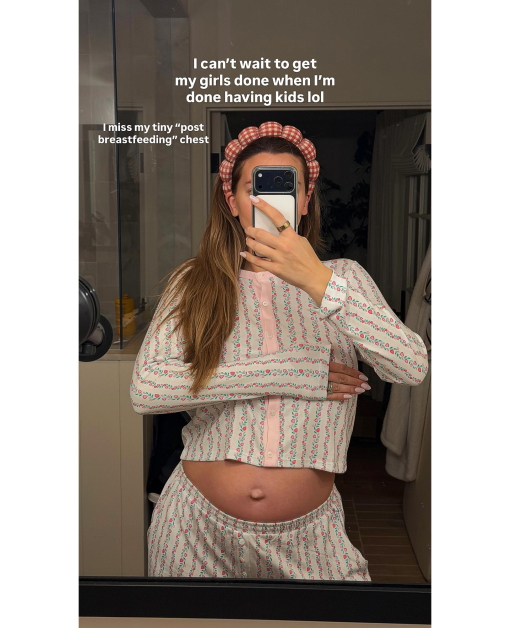Unilever’s new CEO Fernando Fernandez is set to take a leaf out of US president Donald Trump’s marketing playbook by boosting the big food business’s social media marketing budget.
That’s not an insult, nor a swipe at newly appointed Fernandez, who took the top spot from departed Hein Schumacher this month. If anything, it’s a smart move. Controversial Trump showed just how powerful social and influencers can be when it comes to attracting previously untapped segments of society.
And Fernandez wants a piece of that for his growth strategy, which he shared recently with the market.
Dramatically titled his “machine of demand creation”, Fernandez will rapidly ramp up Unilever’s influencer spend from 30% of the marketing budget to 50%. A big tip of the scales that will no doubt take money from traditional avenues.
Overall, marketing spend at Unilever has grown from 13% in 2022 to 16% today. So the boss continues to see the benefit of pushing budget into this area.
Which Unilever brands will get influencer budget?
He made it very clear which markets would receive the biggest pots of money when it comes to influencer spend. His “geographical anchors” of the US and India – the latter being a market big food is obsessed with – will surely be the benefactors.
He wants one influencer at least in all 19,000 of India’s zip codes, he says. “That’s a significant change. It requires a machine of content creation, very different to the one we had in the past.”
Fernandez is also keen to accelerate the business’s use of AI, the uptake of which he will “drive over the next few years”.
But will food get a look in when it comes to the action? Well, Fernandez acknowledged the value and importance of Unilever’s food business, and stressed commitment to it. Knorr and Hellman’s are Unilever’s second and fifth biggest brands respectively.
However, it’s hard to see how influencers will inject glamour and fun into such brands. So will it work?
Simply, yes. That’s because influencers are more trusted than celebrities when it comes to Gen Z, with 45% of Europeans in the age bracket saying so (Nerds Collective).
More shoppers use social media to decide
LinkedIn data also shows that three-quarters of consumers now use social media for purchasing advice and influence. With that, 69% of consumers trust influencer recommendations (Matter Communications).
The channels Fernandez and Unilever’s marketing team might target hardest would be TikTok, now the biggest social channel for branded marketing content with 66% of brands using the platform, according to the State of Influencer Marketing 2024 Benchmarking Report. That’s compared to 47% on Instagram and 33% for YouTube.
Some data suggests Fernandez’s increased influencer budget could yield big returns for Unilever, with Influencer Marketing Hub data suggesting a $5.78 return on every dollar spent.
And there are many, many more stats supporting Fernandez’s focus on influencers, as more marketers plough funds into influencer budgets.
However, Unilever should be warned. It’s an oversaturated market that’s becoming increasingly difficult to navigate and understand which influencers can generate tangible brand growth.
There’s also a risk of brand reputational damage, as influencers, being human, can make mistakes or just simply change their minds.





